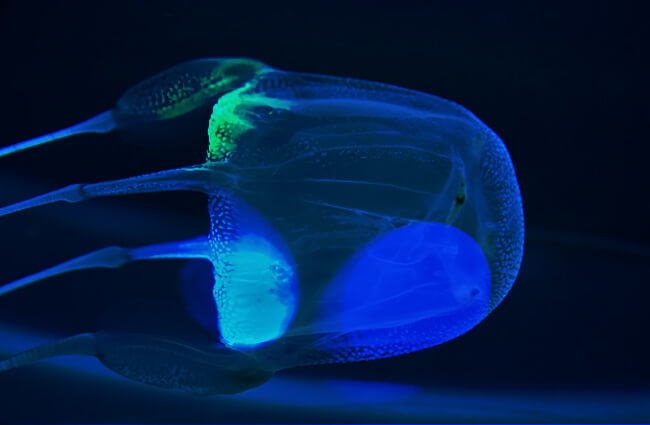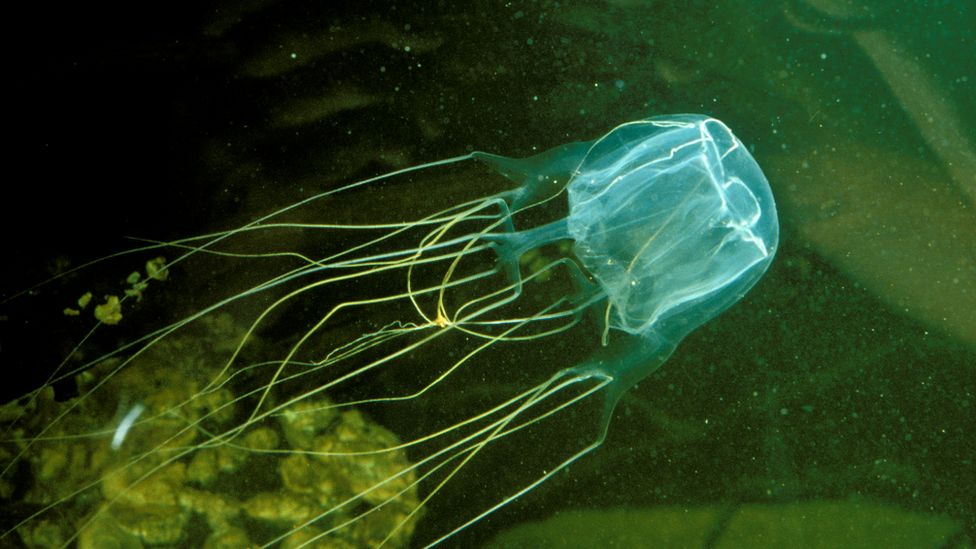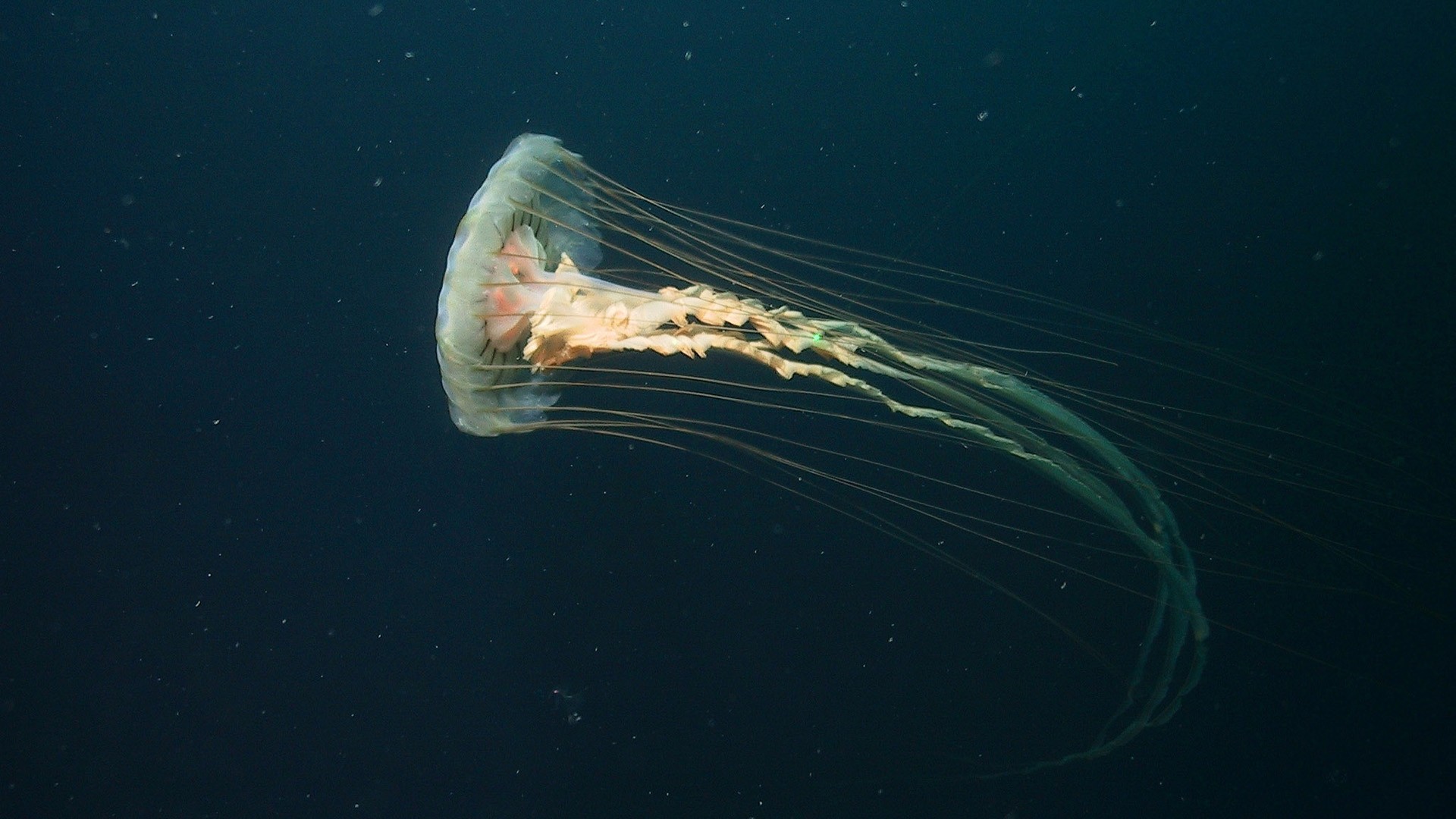
Do not run or dive into the water walk in slowly.Swim only on patrolled beaches, preferably in netted swimming areas.Lycra suits or even pantyhose will reduce risk while swimming, especially in the summer months. First, always wear protective clothing.This area is home to crocodiles and box jellyfish, so this info is a bit of a two-for-one avoidance strategy. This general advice applies to all areas of the box jellyfish’s range, but is especially important in the warm, murky waters of Australia’s north-eastern coast in summer. After a sting, the pain comes on quickly and continues to get more intense and widespread through the body – ratcheting up the pain with each passing moment. Another component travels through veins and arteries straight to the heart. Each acts on a different part of the body. Unfortunately, the venom acts so quickly that if it’s not administered right away it may be too late. nausea, diarrhea, swollen lymph nodes, coma, muscle spasms, death.įortunately there is an antivenom, which many lifeguard stands within box jellyfish territory do carry.Symptoms of a box jellyfish sting Include That results in permanent scarring of the skin.ģ – It produces intense muscle spasms that are so severe that muscles of the heart can’t relax between contractions, stopping blood flow.
A BOX JELLYFISH SKIN
For humans, it acts in three main ways.ġ – It causes severe skin death. We know it contains a multitude of compounds that, when injected together, work very effectively to immobilize and kill their victims.

It’s a complex concoction of different compounds, none of which are very well understood. The venom of a box jellyfish is different from other stingers. This is one reason dark clothing is better than light when in box jellyfish waters. They can see dark objects better than light objects and will actively avoid them in the water. They’re not exactly like ours, but they do detect rudimentary images and use them to see in all directions. Unlike other jellyfish, box jellyfish actively swim and hunt for their prey! An adult can swim upwards of 4 knots in short bursts – that’s as fast as you can walk. It’s commonly called the Indo-Pacific box jellyfish or Flecker’s box jellyfish. It is the biggest and arguably deadliest.
A BOX JELLYFISH HOW TO
Here I’ll primarily discuss how to survive Australia’s box jellyfish ( Chironex fleckeri). All have the ability to inflict painful stings and a few are well known to quickly kill a human. Others have bells the size of a basketball – with 10 feet of tentacles trailing behind them.

Some box jellyfish are small, about the size of your thumbnail. Many incidents go unreported since they occur throughout the indo-pacific in poor, remote places. It’s estimated that between 50 and 100 people die a year from encounters, but that estimate may still be low. Scientists have currently identified 51 species of box jellyfish worldwide. You just need to know a bit about these animals to appreciate them, avoid them, and not end up in the hospital, or worse, the grave.

Part of the reason for that is that far too many people die from what could be a preventable encounter. This is one of the few marine animals I feel it’s ok to start with a paragraph talking about how quickly it could kill you. I hope that got your attention because if you happen to visit anywhere in tropical Australia or the Indo-pacific, you need to listen to this! It may save your life.


 0 kommentar(er)
0 kommentar(er)
